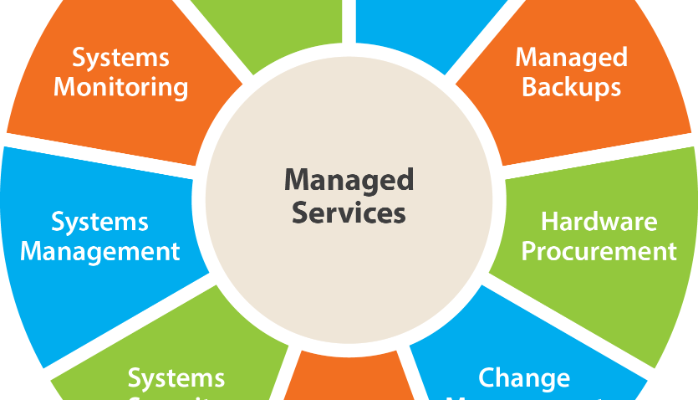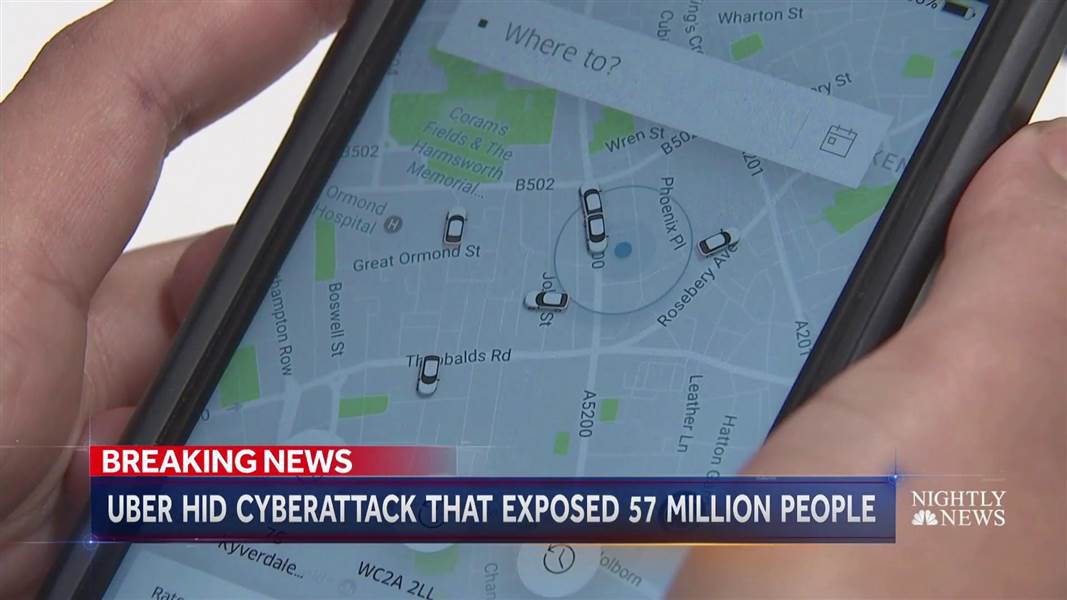By Eric Harris, IT Director
Imagine your home is destroyed in a flood. Your family finds temporary shelter, where you try to access critical information online. But there’s no Internet connection, and you’re stranded.
Enter the wireless mesh network. This tech trend offers more than connectivity; it may be our best hope for communicating with the rest of the world safely and efficiently in times of disaster.
The roots of mesh networking were planted by amateur radio enthusiasts who deployed their own style of digital communication in the late 20th Century. Limited to using high frequency (non-commercial, non-military) radio links, these operators relied on a network of fellow enthusiasts, or nodes, to send and receive information.
With the shift to computers, the U.S. military funded an experimental network in 1969 that linked their agency computers over telephone lines. This network gave birth to the Internet in 1984.
Single Point of Failure
The modern Internet employs millions – and soon, billions – of nodes to relay data. With emerging Internet of Things tech such as smart homes and cars, our lives are increasingly dependent on big carriers like Verizon and AT&T to keep us connected. Yet this arrangement involves the risk of a single point of failure. If a data center at one of the carriers was damaged or destroyed, its users would lose the ability to connect, communicate, or transact online.
Mesh networks do not have a central resource or point of failure. Like the amateur radio networks, a mesh is a bunch of individual nodes (people or computers) that connect with each other through a resilient system. Some of the nodes are connected to the Internet. If a node is damaged, there’s always another route to the other members of the network, because each user or consumer is also part of the network’s infrastructure.
Like bit torrent technology, mesh is designed for distributive networking. Written in open source protocols and loaded into modern wi-fi devices to connect autonomously, mesh is a highly transparent form of wireless ad hoc networking.
What about security?
With mesh networking, files are broken into numerous packets that pass through different nodes and different routes to their destination. Information is encrypted because no single node would receive all of the packets, in the correct sequence, at the same time. With open source code, there is complete transparency, because everyone in the mesh is able to see the underlying tech that drives the network.
Beyond disaster recovery
In an emergency situation, a mesh network operates like a bucket brigade, with each of the individual nodes contributing to the larger effort of communication. Mesh could enable you to connect and communicate, even in the disaster scenario of a flooded home.
What’s more, as tech adoption grows, mesh represents a path for people who wish to maintain their privacy, establish resilient data backup, and become self-reliant, without dependence on a government, agency, or private company for connection to the world.








Leave a Reply